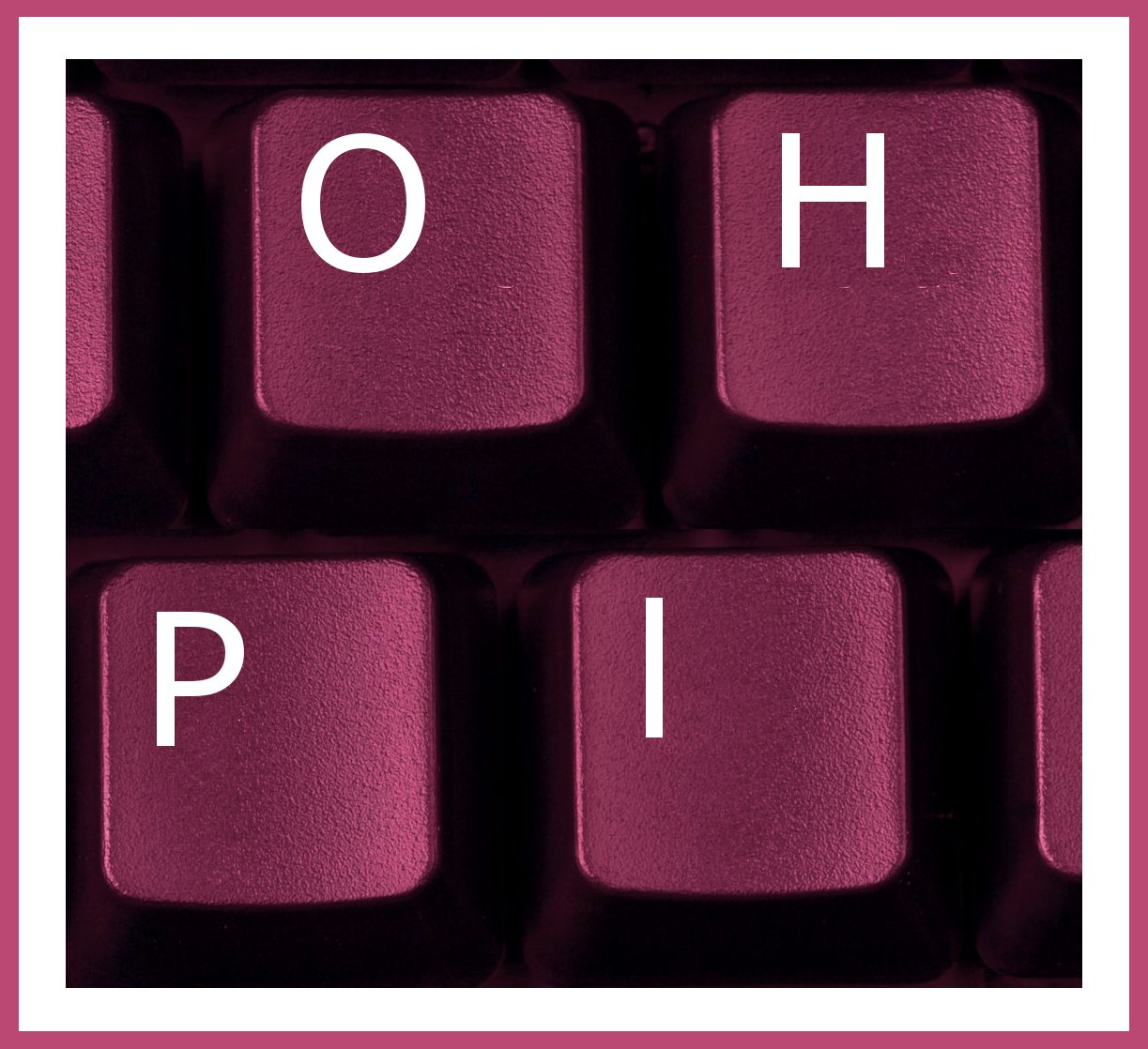Misogyny is a word stemming from the Greek language that literally translates to “hatred of women.” Its opposite is “philogyny”, which means to admire or be fond of women. This is a very basic definition of misogyny, but it is still a reasonable base from which to expand.
The word “hate” has a specific meaning and therefore in the context of defining misogyny, “hatred of women” can fail to cover much of the discrimination, prejudice, mistrust, or abuse targeted against women based on misinformation, stereotyping, or cultural and religious beliefs. Another difficulty that exists when it comes to the recognition of misogyny is that there is a lack of a standardised definition of it. For example, the definition provided by Google when searching for a definition, as well as the first six links included in the same search, each yields slightly different definitions. This can cause confusion and may lead to instances of misogyny becoming difficult to detect.
In this briefing, we explain some of the themes that are found in online misogyny. We also share and deconstruct specific examples of online misogyny.
Feminism
One kind of online misogyny we found takes the form of attacking women’s activist groups. While there do exist some extreme groups that are derogatory against men, such groups are in the minority. Despite this, feminism as a whole is branded as anti-male This is then used as a justification to abuse feminism, feminists, and feminist groups. Facebook, Instagram, YouTube, X, Reddit, Gab, Telegram, TikTok, BitChute, LinkedIn, and Threads all allow a search, and return results, for the term “feminazi”, a term used to liken feminism to the Nazis.

This is an example of a search for “feminazi” on BitChute. The red user has many more videos with feminism in their title that did not fit into this screenshot. The search returned 193 results.
This poster on LinkedIn espouses polarised views on what can be masculine and feminine. His criticism of women who are assertive or want to be leaders, labels them as masculine and as “feminazis”.
Abortion
The abortion debate is another area in which women face misogyny. This is most prominent among pro-life supporters. Women who argue that abortion should be a right of all women are accused of being murderers of babies, and horrible people, and sometimes they are labelled as sexually promiscuous.

This Facebook page, named “Women Being Awful”, posted this image that shows a woman surrounded by the spirits of children, inferring that she has killed them by abortion. This depiction additionally uses multiple spirits to suggest that the woman is both sexually promiscuous as well as irresponsible about birth control.

This post on Gab is motivated by a religious stance. It supports the “abortion is murder” stance and expects others to comply with their religious beliefs.
Vilification of women who speak up
The term “Karen” began to gain traction in the early 2000s. Initially, it was used to describe white, middle-aged women with superiority complexes. Over time the race and age elements were dropped so that a Karen could be any woman of heightened self-importance. Recently the term has changed again so that entitlement or self-importance is replaced by any woman who is perceived to be behaving poorly.

This woman commented on a Facebook post asking how to prevent content she wasn’t interested in from appearing on her timeline. This was sufficient to label her as a Karen and the thread posted to a subreddit about Karens.
“Ol’ ball and chain”
Another form of misogyny occurs at almost every wedding between a man and a woman. The idea that being married to a woman is a sort of incarceration that a man has somehow been coerced or swindled into accepting. It is commonly expressed by the phrase “the ol’ ball and chain”. This is often spoken in a joking tone to avoid reprisals.

Here, resentment is expressed that this Facebook poster was obliged to take his partner on a trip to Paris instead of a friend. The underlying message is that his freedom is curtailed by the woman that he has chosen to be with.

This comment was a reply to a post disparaging the idea of ball and chain jokes. The imagery here is of a leash rather than a ball and chain, but the message of the imagery is still that of a limitation of freedom imposed by a person of authority.
Conclusion
Misogyny can be hard to recognise due to its sometimes-subtle nature as well as the multiple forms that it takes. Also problematic, is that misogynistic slurs are not used in many instances of misogyny. Instead, words that individually contain no implied malice are compiled to form context-specific misogyny. This makes finding misogyny online and removing it more difficult. There are however slurs that do exist and are frequently used that should be filtered by social media platforms but are not.
